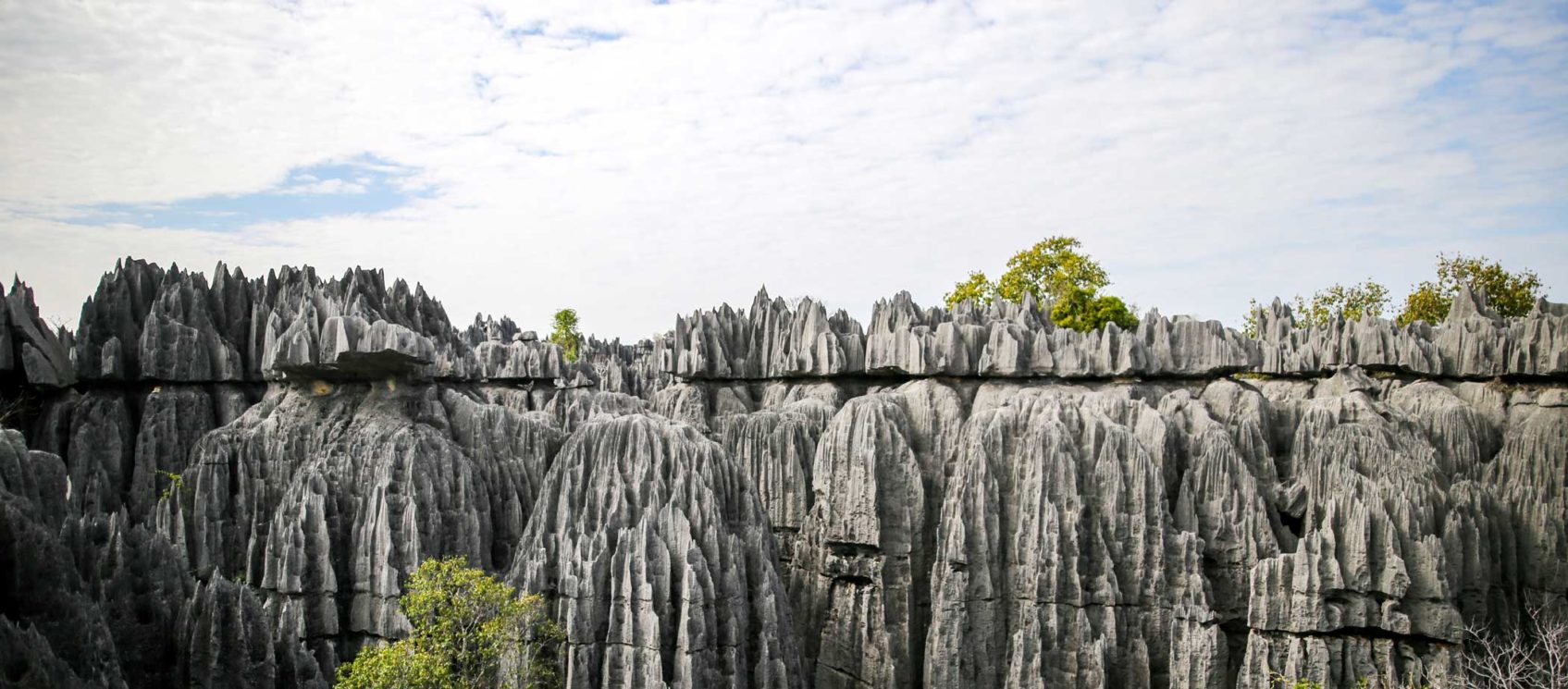Madagascar Semester, Sample Itinerary
The following is a sample itinerary based on past courses; actual itineraries may vary.
| Week 1 | After a long international flight, we arrive in the capital city of Antananarivo (Tana) and then travel to the small town of Ampefy. Located three hours west of Tana, this town in central Madagascar is where we embark on our orientation and begin our semester program. During this first week, we become familiar with the course themes, orient ourselves to the host country, get to know the members of our travelling team, begin our Malagasy cultural immersion, and enjoy our first taste of Madagascar’s local environment; which includes in this part of the country a forest, lake, and a waterfall. |
|---|---|
| Week 2 | Jumping fully into our new adventure, we travel south back through the capital city and on toward Ranomafana National Park. Ranomafana is one of the biggest and most pristine national parks in Madagascar. There we meet with researchers at Valbio Research Facility. This research center aims to improve understanding of the value of conservation in Madagascar and around the world. We then embark on a three-day hike into the rainforest. While on our hike we may have the opportunity to complete animal surveys for the research center and exploring the beautiful forests in search of lemurs, chameleons and a myriad of other endemic and beautiful species of plants and animals. |
| Weeks 3-4 | Departing from Ranomafana, we pass through Antsirabe, spending the night in a large town on the southern edge of the plateau region before heading west toward the coastal city of Morondava. We spend almost two weeks in Morondava, which is a medium sized city situated on the Mozambique Channel. Here we move into our first homestay families and begin to learn about the lives and culture of the Sakalava Menabe. This first taste of meaningful cultural engagement sets the stage for the remainder of the semester. We also begin studying the Malagasy language in Morondava. Morondava is home to the famous Avenue of Baobabs which we have the opportunity to visit and walk among the incredible trees that Madagascar is famous for. |
| Week 5 | We return through Antsirabe and head south to Isalo National Park where we spend five days hiking through the canyons and grasslands that mark the traditional homelands of the Bara people, who are among the first people to arrive in Madagascar. |
| Weeks 6-7 | After trekking we return north to the quiet highland village of Ambatomanga, which is about an hour outside of the Antananarivo. Ambatomanga is be the site of our longest homestay and where we continue learning the Malagasy language while spending time in the rice fields and on the small farms that this region depends on. During this part of the semester we also take day-trips to the capital city in order to work with local non-governmental organizations and explore the urban environment. |
| Week 8 | Leaving the highlands, we embark on an overland trip northwest to the port city of Mahajanga. The city is one of the oldest in Madagascar and has a beautiful boardwalk that is one of the number one destinations for Malagasy tourists. We spend a few days there exploring the city and the unique cultural traditions that have made the city so important to Madagascar’s history. |
| Week 9 | We head north to Ambanja, a small town along the Sambirano River well known for cacao, spice, and vanilla plantations. This region is the site of our third homestay which is about 10 miles outside of Ambanja in Antranokarany. Antranokarany is a very small, rural, village that is situated in the very center of Madagascar’s cacao growing region. For about a week and a half we explore the uniqueness of the Sakalava Antankarana culture and learn about cacao and vanilla cultivation while working alongside the local farmers. We also have the opportunity to volunteer in the local school and spend time teaching lessons and engaging with the young students in the village. |
| Weeks 10-11 | After our third homestay, we embark on our student-led Expedition Phase of the program in the northern region(s) of Madagascar. This is a period of the program when students can step-up together to take on some of the leadership roles of the program more fully. The DIANA/SAVA regions of Madagascar hold a large number of incredible places to travel to and discover. |
| Week 12 | Finishing our Expedition Phase, we return to the highlands and spend a few days during the Transference Phase, wrapping up our course, presenting Independent Study Projects, preparing for the transition back home, and saying goodbye to each other and to Madagascar. In this final week of the program we reflect on our journey on the island, pack our bags, and return home via Tana – where our adventure began. |

